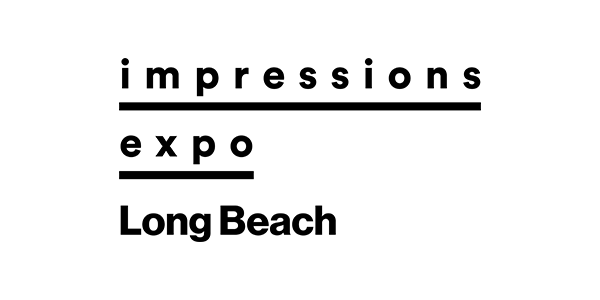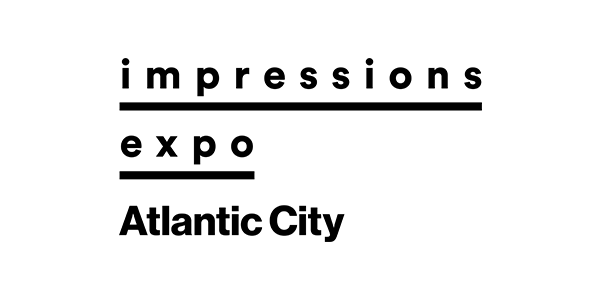It’s amazing how far-reaching apparel decoration can be, not only for the wholesale market with which we’re all familiar, but high fashion as well.
As part of last spring’s New York Fashion Week, Epson America Inc. hosted a fashion show at Industria Superstudio. It featured 11 designers from around the world showcasing their best work using the Epson SureColor F Series dye-sublimation printer. Called “Digital Couture,” the event demonstrated the design freedom and capabilities of the technology for the fashion industry.
“Epson’s dye-sublimation printing technology provides another level of creativity and functionality for young fashion entrepreneurs and well-established fashion brands looking to produce their art in a more efficient and affordable manner,” says Agustin Cachon, vice president, subsidiary sales and operations, Epson.
“Designers and artists can use our printers as a tool of their own creative thought process,” says Mark Radogna, group manager of commercial imaging, Epson. “Epson developed the dye-sublimation technology for the artist who wants to focus on polyester. You can do so much with the machine — small runs and experimentation that you can’t do with large, printed fabric bolts that are expensive and take weeks to acquire.”
“We’ve had a strong reception throughout the world and particularly in Latin America, where polyester fabric is worn more than it is here in the [United] States,” he adds. “Fashion designers today are treating dye-sublimation machines like photographers would treat a camera.”
The selected designers interviewed at the event reported color accuracy and ease of use as key components of working with the SureColor F Series.
“This was my first time using the technology and I was surprised and impressed with the short learning curve and how easy it was to pick up,” says Marco Antonion Farias, a designer from Chile. “If I made mistakes, it only made me learn more and that brought creative ideas and new success.”
The artists drew inspiration for their designs from a variety of sources. For example, designer Pilar Briceño of Colombia, whose collection was her second using the Epson machine, drew upon the ancestral iconography of her home country. Elisa Guillen of Ecuador created a line of sublimated T-shirts and took cues from mixing nature with technology.
Leonor Silva of Venezuela took inspiration from the future of fashion. “I played with the classical interpretation of fashion with textures and digital pixelations,” he says. “It’s a little futuristic, but not much.”
While most designers at the show were launching their fashion lines, some already had their collections in retail stores. It was a great example of using this industry’s technology in new ways.





